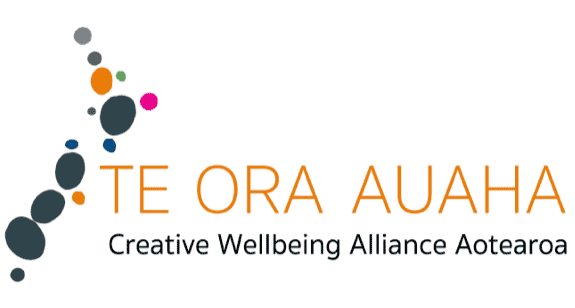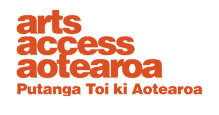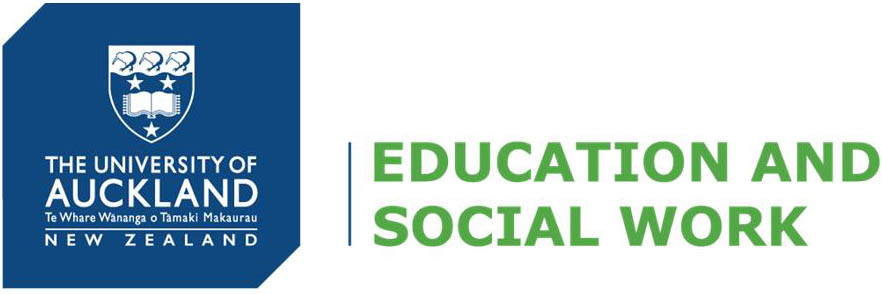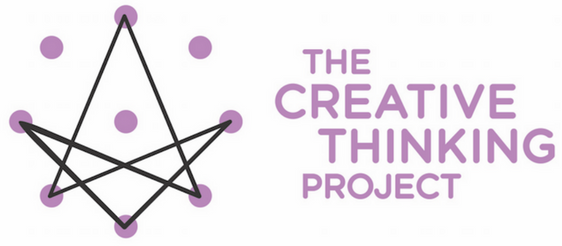
The highlight of my working year is the semester I spend tutoring on the Creative Process course at the University of Auckland. It is a general education course, so my students come from all across the University and so bring with them many different lenses to see creativity through. Each year, after a lecture by the head of Elam, Dr Peter Shand, we take our tutorials at the Auckland Art Gallery Toi Tamaki.
Now, I have some issues with art galleries. I think community-owned art is a great idea. But art galleries privilege several things. First, an art gallery privileges one space; this is where we go to see art. Secondly, art galleries privilege what is displayed within them; this is what art is. Finally, they privilege one way of experiencing art; we look at art. So, I like to be a little disruptive in the art gallery. I have a friend who wants to touch paintings, and she inspired a task for my tutorials when they now visit the art gallery. I break the tutorial down into groups of 4 or 5 and as part of their functions in the gallery ask them to take a photo of the group interacting in some legal way with the art. I stress the legal way as I don’t want to spend time bailing out my crew. Often it’s the gallery staff that end up taking the photos. The groups then email me the images, and we share them. Not surprisingly, when asked to interact with the artwork, those interactions take place with their bodies. I also like to think that they are creating new art themselves in this interaction.




Image credit: Creative Process Students, The University of Auckland








